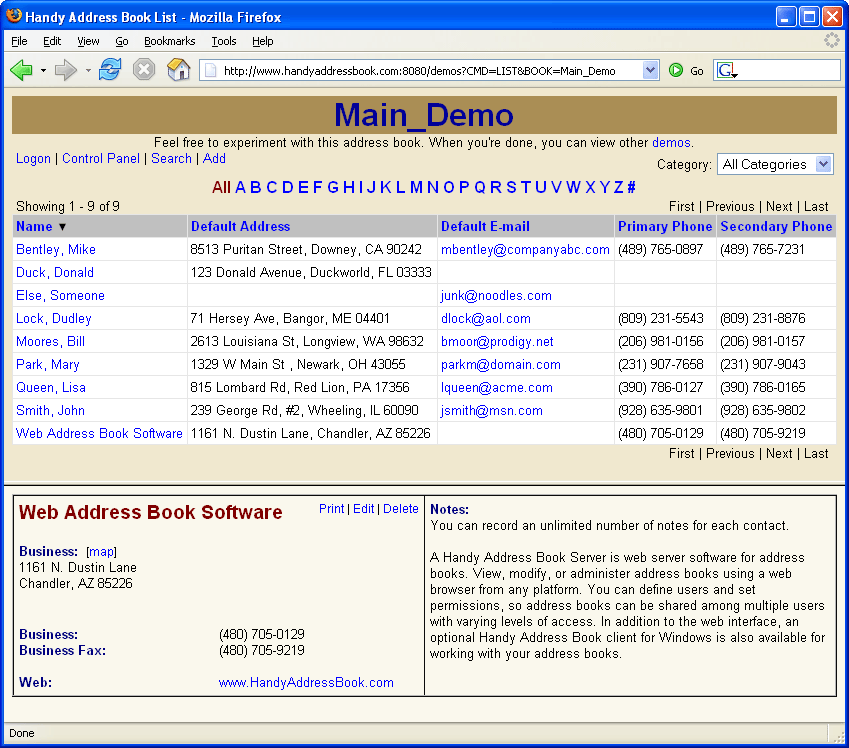

#ADDRESS BOOK SERVER OFFLINE#
The hierarchical address book (HAB) presents recipients in the GAL by using your organization's unique business structure (for example, seniority or management hierarchy), which provides an efficient method for locating internal recipients.Īn offline address book (OAB) is a collection of address lists that can be downloaded and used in Outlook by users that are disconnected from the Exchange organization. Whether youre in Mail, Calendar, People, or Tasks view, the Address Book is where you can access all of your contact sources. You can use address lists to help users find the recipients and resources that they need.ĭetails templates control the appearance of recipient properties that are displayed in address lists in Outlook.Įmail address policies are the rules that create email addresses for Exchange recipients.Įmail address policies in Exchange Server Each address list is a dynamic collection of one or more types recipients. You can then assign the ABP to users.Īn address list is a subset of a GAL. In Exchange 2010 and previous versions of Exchange servers, Offline address book distribution was getting distributed using Public Folder Distribution and Web-Based Distribution and the Offline address book was done using the designated OAB Generation Server.

An ABP defines a GAL, an offline address book (OAB), a room list, and one or more address lists. Address book policies (ABPs) provide a simpler mechanism for GAL segmentation in organizations that require multiple GALs. The global address list (GAL) is the master list of all recipients in your Exchange organization. During synchronisation any changes (or the entire data set). The topics that will help you learn about and configure email addresses and address books in Exchange Server are described in the following table. The basic setup of Address Book Server consist of clients periodically synchronising with the server. Exchange uses address books to organize and store email address information for recipients in the organization.


 0 kommentar(er)
0 kommentar(er)
